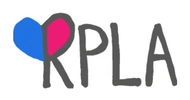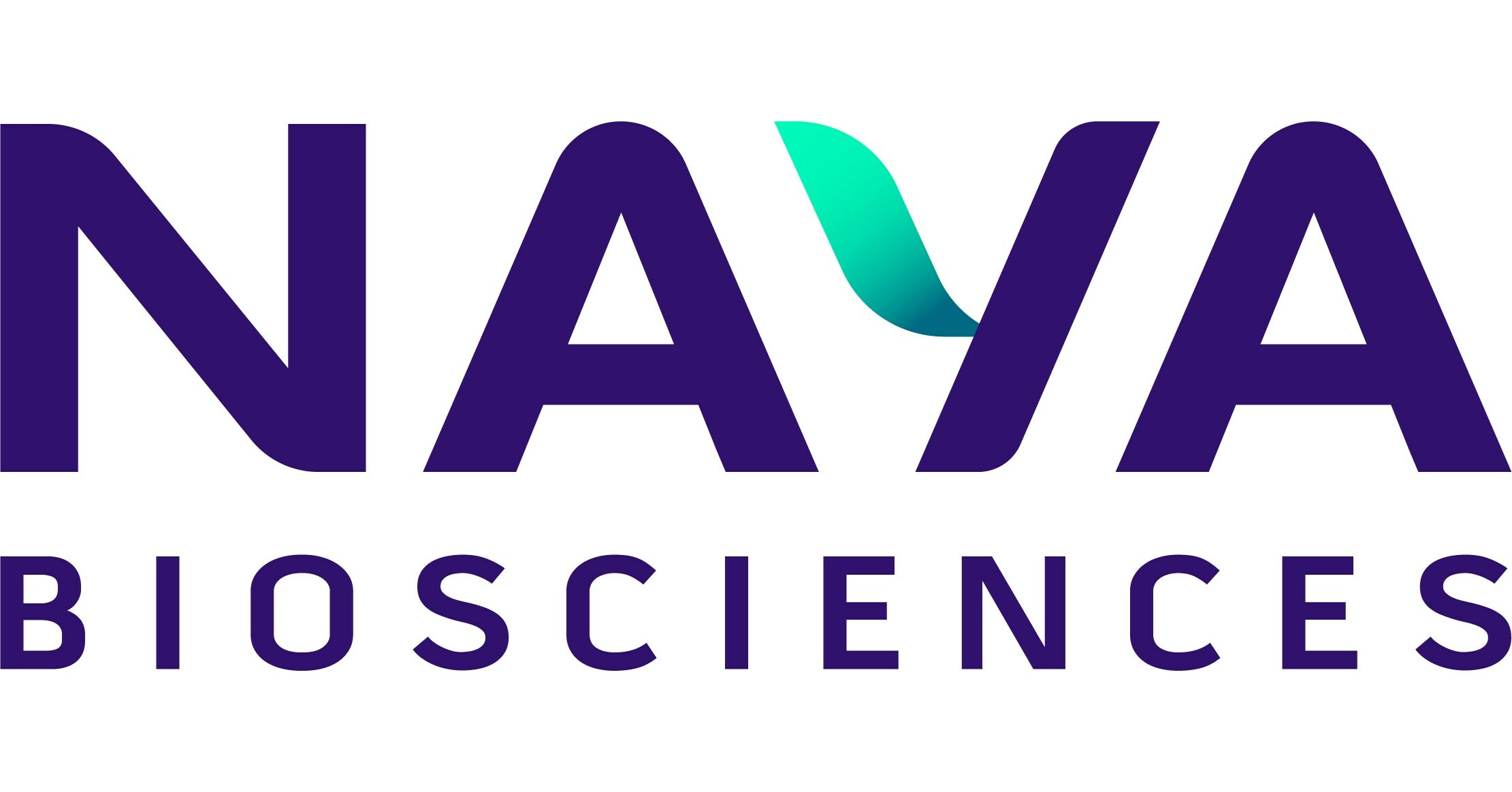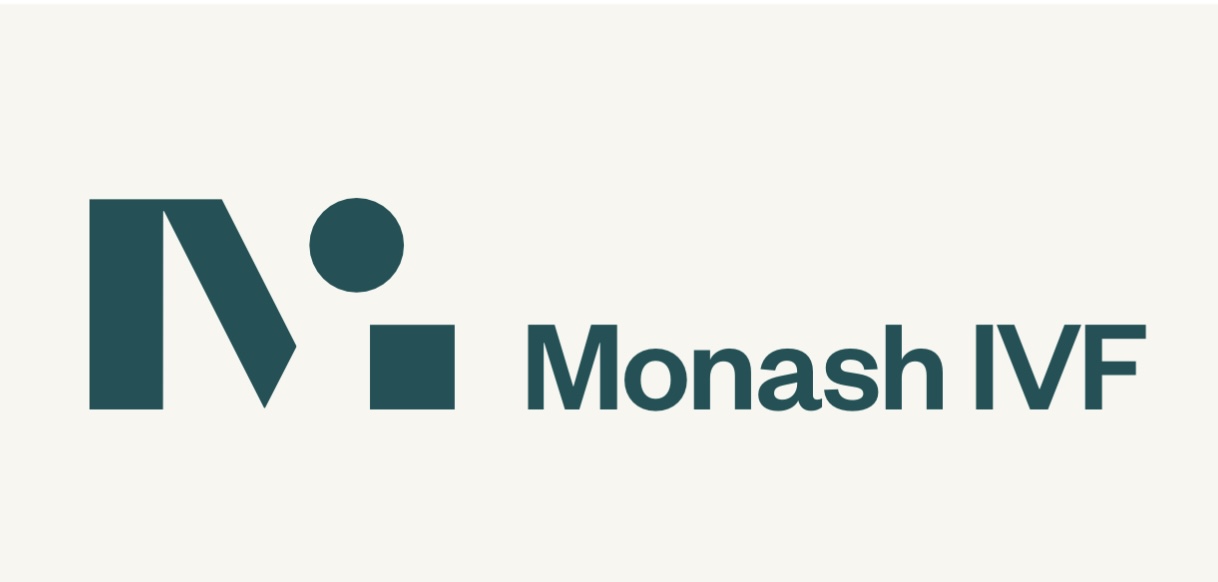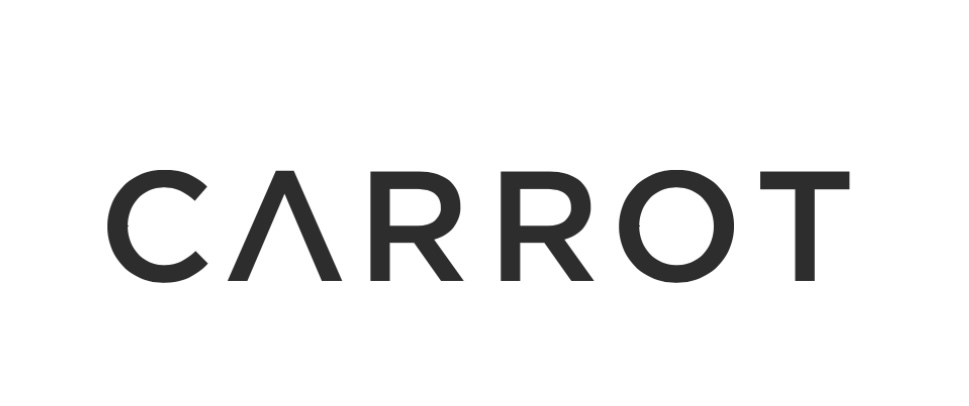Donor-Conceived Teens on Social Media: How TikTok and Instagram Are Rewriting the Rules on Secrecy and Disclosure
Donor-conceived teens are using TikTok, Instagram and DNA tests to find siblings and share their stories—often before parents are ready. Learn how social media is changing donor conception, secrecy, disclosure and what parents and clinics need to know in 2025.
For a long time, donor conception lived in the shadows.
Parents were told things like:
- “You never have to tell them.”
- “Just raise them as your own and it won’t matter.”
- “Anonymity is permanent.”
Fast-forward to 2025 and that world is gone.
Now we have:
- TikTok “story times” about finding 15 donor siblings
- Private Instagram group chats connecting donor-conceived teens across countries
- DNA matching sites and ancestry apps outing secrets that were supposed to be “locked forever”
The result? Donor-conceived young people are telling their own stories, in public, in real time.
This article dives into:
- How social media is changing the donor-conceived experience
- What this means for secrecy, disclosure and family dynamics
- The emotional reality for teens, parents and donors
- How families and professionals can respond in a way that centres the young person’s wellbeing
The Old Story: “We’ll Just Never Tell”
If you went through donor sperm, donor eggs or embryo donation in the 80s, 90s or early 2000s, you might have heard messaging like:
- “It’s just like having a biological child.”
- “Donor records are anonymous.”
- “If you choose not to tell, your child will never know.”
Clinics and some professionals genuinely believed:
- Anonymity was permanent
- Genetics only mattered medically
- Keeping the secret would protect everyone from awkwardness or stigma
Parents were often scared:
- Scared of being rejected (“You’re not my ‘real’ mum/dad”)
- Scared of losing control of the story
- Scared of legal or emotional fallout
So secrets were normalised.
But technology and social media have quietly made that model… impossible.
The New Reality: TikTok, Instagram and DNA Kits
Today’s donor-conceived kids and teens are growing up in a completely different ecosystem.
1. DNA Tests Are Cheap, Normal and Everywhere
At-home DNA tests and ancestry kits are now:
- Affordable birthday gifts
- Casual “fun family history” purchases
- Widely advertised on TV and online
For donor-conceived young people, a simple “just for fun” test can:
- Reveal half-siblings
- Suggest an unexpected ethnicity mix
- Confirm non-paternity (that one parent isn’t genetically related)
Secrets that were meant to last a lifetime now fall apart for under $150 and a postage label.
2. TikTok and Instagram Are Storytelling Platforms
Teens aren’t just finding out the truth — they’re processing it out loud:
- Posting videos titled “Finding out I’m donor-conceived at 16”
- Sharing “POV: You accidentally discover your donor siblings on a DNA app”
- Building entire accounts around their donor conception journey
Comments sections fill up with:
- Other donor-conceived people saying “same”
- Parents of donor-conceived kids taking notes for the future
- Curious onlookers realising this world exists at all
This peer-to-peer storytelling is powerful. It’s also confronting for parents who imagined they could manage the narrative privately.
3. Sibling and Donor Searches Are Now Teen-Led
Where earlier generations relied on clinics or registries (if they existed), today’s teens use:
- Social media search (donor ID, clinic name, city, birth year)
- DNA platforms with messaging features
- Private Discord/WhatsApp/Instagram groups
They’re not waiting for adults to “decide if they’re ready”. They’re:
- Finding donor siblings
- Comparing stories
- Sharing medical information and genetic traits
- Sometimes finding — or at least identifying — the donor
The power dynamic has shifted.
Donor-conceived people are no longer passive recipients of information (or secrecy). They’re active investigators and narrators.
What This Feels Like for Donor-Conceived Teens
Every donor-conceived person is different. There is no single “right” reaction. But some themes keep showing up in their stories online:
1. Identity Whiplash
Finding out in your teens that:
- One parent isn’t genetically related
- There may be dozens of siblings
- Your medical history might be incomplete
…can trigger a full-on identity shake-up.
Teens describe feeling:
- Shocked, confused, angry, relieved, curious, betrayed, validated — sometimes all in one week.
- Like “the ground shifted” under their sense of who they are and where they come from.
2. Loyalty Conflicts
Many donor-conceived teens love their parents deeply and still feel:
- Hurt about secrecy or late disclosure
- Protective of their parents’ feelings
- Afraid to ask questions in case it “makes things worse
So they head to social media and group chats — where they can process feelings with people in the same boat, without worrying about breaking their parents’ hearts.
3. Community and Validation
Social media can also be incredibly healing:
- “I thought I was the only one until I found this hashtag.”
- “Meeting my donor siblings made me feel less like a medical project and more like part of a big weird family.”
- “Seeing other donor-conceived people talk about anger AND love helped me accept that my feelings can be mixed too.”
For many, these spaces are where they first hear:
“Your feelings are valid. You’re not ungrateful for having questions.”
What This Feels Like for Parents
For parents — especially those who used donors in a culture of secrecy — the social media era can feel terrifying.
Common emotions include:
- Fear of being “found out” if they haven’t disclosed
- Guilt about not telling sooner
- Worry about losing closeness with their child
- Shock that something that felt “private” is now shareable to millions
Some parents also feel:
- Defensive: “We did what we were told was best at the time.” (Which is often true.)
- Grief: “I wanted to protect you; I didn’t mean to hurt you.”
Those feelings are valid. But clinging to secrecy in 2025 is no longer realistic — and often more damaging in the long run.
What This Means for Secrecy and Disclosure in 2025
Here’s the hard truth:
Donor-conceived people will almost always be able to find out the truth now.
Through DNA tests, social media, or both.
That means:
- Secrecy is no longer safe. It’s a ticking time bomb.
- The question has shifted from “Should we tell?” to “How and when do we tell in the most respectful, age-appropriate way?”
- Waiting until teens “accidentally find out” via a DNA test or TikTok is often much more traumatising than telling them from early childhood.
More and more professionals now recommend early, age-appropriate, ongoing openness, not a single big reveal.
Supporting Donor-Conceived Teens in the Social Media Age
If you’re a parent, donor, or professional, here are some ways to support donor-conceived teens navigating this new world.
1. Lead with Listening, Not Defence
If a teen says:
- “I’m angry you didn’t tell me sooner.”
- “I feel weird about having so many siblings.”
- “I want to know more about my donor.”
Resist the urge to jump straight to:
- “But we love you.”
- “We did what we thought was best.”
- “You should be grateful to be here at all.”
Start with:
- “Thank you for telling me how you feel.”
- “You’re allowed to have big, mixed feelings about this.”
- “I’m here to figure this out with you.”
2. Acknowledge Social Media as Part of Their Reality
Instead of saying:
- “Don’t talk about this online.”
- “You’re oversharing.”
- “This should stay in the family.”
You might try:
- “Can you show me some of the content that resonates with you?”
- “I’d love to understand what you’re seeing online.”
- “Let’s talk about what feels safe to share publicly and what you might want to keep private for your own protection — not because you’re doing anything wrong.”
3. Offer Access to Donor-Conception-Savvy Support
Donor-conceived teens may benefit from:
- Counsellors or psychologists who understand donor conception
- Peer support groups (online or in person)
- Accurate information about their conception, donor, and siblings where possible
You can say:
“If you ever want to talk to someone who understands donor conception, I’ll help you find that support. You don’t have to manage this alone — and it doesn’t have to be just me.”
How Sistapedia Can Help Bridge the Gap
This entire space — fertility, donor conception, surrogacy, siblings, disclosure, social media — sits right inside Sistapedia®’s core mission.
We’re building the world’s first AI-verified marketplace and social platform for women’s reproductive health and family-building journeys, including:
- Fertility and IVF
- Donor sperm, eggs and embryos
- Surrogacy and adoption
- Pregnancy, birth, postpartum and menopause
For Sistas: Donor-Conceived, Parents, Donors and Intended Parents
Whether you’re:
- A donor-conceived teen or adult
- A parent of donor-conceived kids
- A donor or intended parent navigating complex feelings
On Sistapedia®, you can:
- Share your story (publicly, semi-anonymously or in safer spaces)
- Learn from others who’ve walked this path
- Access AI-verified information about donor conception, law, ethics and mental health
💖 You can also apply for a free Pink Tick — our verification for Sistas who use their lived experience to educate and support others in the community.
For Clinics, Counsellors, Lawyers and Donor Services
If you work in:
- Fertility clinics or donor banks
- Donor conception counselling or psychosocial support
- Family law, donor agreements or ethics
- Youth mental health and identity work
Sistapedia® gives you a place to:
- Show you understand the realities of donor-conceived families in the social media era
- Share content, guidance and Q&As for Sistas navigating disclosure, TikTok stories, sibling searches and DNA surprises
- Build trust by becoming Crown Verified — our verification for qualified experts, services and brands in the reproductive health and family-building ecosystem.
👑 Crown Verification tells Sistas you’re not just selling a service — you’re committed to ethical, emotionally-informed care in a world where secrecy is no longer sustainable.
Final Word: The Rules Have Changed — The Respect Shouldn’t
Social media didn’t “ruin” donor conception.
It exposed what was already there: complex feelings, hidden questions, secret histories.
The difference now is that donor-conceived teens don’t have to stay silent.
They can:
- Find each other
- Swap notes
- Build community
- Tell the truth
As parents, donors, clinics and professionals, the challenge — and opportunity — is to catch up:
- Move from secrecy to openness
- From control to collaboration
- From “they’ll never know” to “we’ll support them when they do”
✨ Join Sistapedia® – a community where donor conception stories — the joyful, the messy, the complicated — are met with curiosity, compassion and verified support, not silence.











